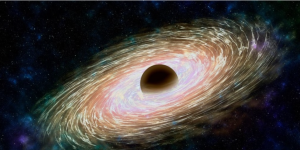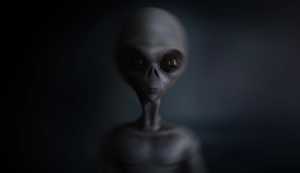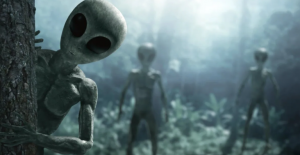New discovery has reignited speculation about an Alien race in ancient China

New discovery has reignited speculation about an Alien race in ancient China
After the news broke on March 20th, the discovery of a gold mask reportedly worn by a priest, as well as more than 500 artefacts in Sanxingdui, a Bronze Age archeological site in central Sichuan province of China, has been the talk of China.
The Sanxingdui site was largely discovered in the 1980s and 1990s and dates from 2,800 to 1,100 BC. Experts say the Shu, an ancient Chinese civilisation, once lived in the region.

The mask resembles bronze human sculptures discovered previously. The mask’s grotesque characteristics, on the other hand, have sparked theories that it may belong to an ancient civilization that once populated the region thousands of years ago.
According to others, Bronze Age face masks are more akin to characters from the film “Avatar” than to Chinese citizens.

“There is no possibility that Sanxingdui belongs to a foreign civilization,” said Wang Wei, Director of the Chinese Academy of Social Sciences’ Institute of Archaeology. Since the creators try to imitate the appearance of deities, these wide-eyed masks seem exaggerated. They shouldn’t be mistaken for ordinary people’s appearance, according to Wang.

“It was a vibrant regional society, thriving amid other Chinese cultures,” said Lei Yu, curator of the Sanxingdui Museum. However, Lei might understand why people would believe the artifacts were left by extraterrestrials. Unlike other ancient Chinese artefacts, a golden walking stick and a bronze tree-shaped figure were discovered during previous excavations. However, these artifacts just make up a small part of the Sanxingdui array. Many other Sanxingdui artefacts, according to Lei, can be conveniently linked to a human culture.








